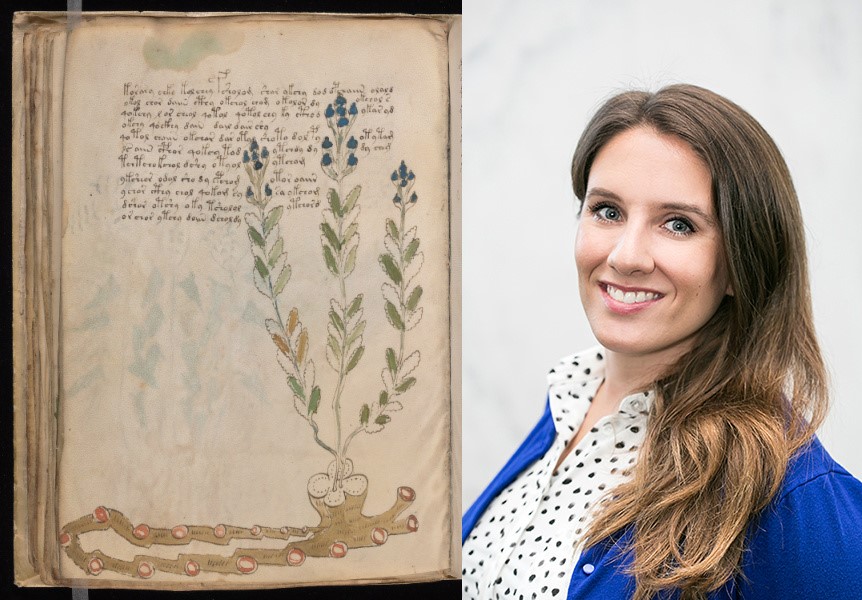It has been almost a decade since the publication in mid-2009 of the “Preferred Reporting Items for Systematic Reviews and Meta-Analyses” statement, more commonly referred to as the PRISMA statement, which replaced the QUOROM (Quality of Reporting of Meta-analyses) statement published ten years before, in 1999.
1: Moher D, Liberati A, Tetzlaff J, Altman DG; PRISMA Group. Preferred reporting items for systematic reviews and meta-analyses: the PRISMA statement. PLoS Med. 2009 Jul 21;6(7):e1000097. PMID: 19621072; PMCID: PMC2707599.
2: Moher D, Cook DJ, Eastwood S, Olkin I, Rennie D, Stroup DF. Improving the quality of reports of meta-analyses of randomised controlled trials: the QUOROM statement. Quality of Reporting of Meta-analyses. Lancet. 1999 Nov 27;354(9193):1896-900. PMID: 10584742.
Standardizing and improving the quality of reporting methods benefits everyone. PRISMA makes it easier for researchers to strive for and achieve more completeness in their reporting of systematic reviews, which in turn makes it easier for readers of published systematic reviews to obtain a more complete picture of the research that was carried out, increasing the likelihood that they will trust – and therefore make use of – the reported results.
